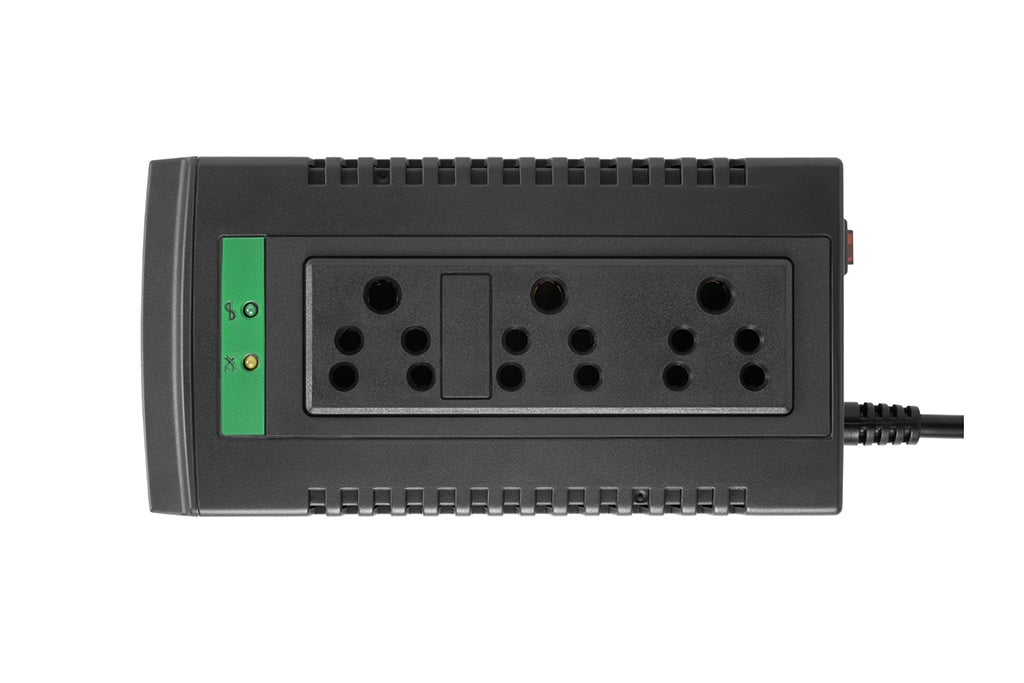All You Need To Know About Automatic Voltage Regulators
A generator’s important component is an Automatic Voltage Regulator (AVR) which is responsible for automatic regulation and stabilisation of the voltage output. It mainly converts variable voltage levels to a constant and steady output. AVR technology plays an important role in the management of variable loads, parallel operation between generators, and in dealing with overloads.
Key Functions of AVR
Automatic voltage regulator functions include supporting the proper functioning of generators. They regulate output voltage, limit voltage sag in parallel generators, and increase the generator’s capacity to react to varying loads. With a constant output voltage, AVRs play a major role in the dependability and productivity of generator operations.
Importance of AVRs for Generators
- Voltage Regulation for Diverse Loads
Unregulated generators without an AVR, sometimes called unregulated generators, find it difficult to provide the different power requirements of connected devices and equipment. In unregulated generators, the lack of voltage control results in a steady drop in terminal voltage as the load increases. This deficiency hinders the generator’s ability to provide a stable and constant supply of power for different uses.
Read also - KNOW MORE ABOUT VOLTAGE SURGE PROTECTOR
- Impact on Generator Performance
AVRs directly determine the overall efficiency and life span of generators. If the voltage is not kept at a steady rate, the efficiency of the generator is decreased, which affects any utilities, equipment, or machines depending on its power source. It is the role of the AVR to serve as a protector, guaranteeing that the voltage output remains constant despite variations, protecting appliances, machinery, devices, and equipment from possible damage.
Application of Automatic Voltage Regulator
Automatic Voltage Regulators (AVRs) serve various crucial functions:
- Voltage Control and Steady State Stability: AVRs control the system voltage, allowing the machine to operate nearer to steady-state stability.
- Reactive Load Distribution: AVRs allow the distribution of reactive loads among the parallel alternators.
- Overvoltage Reduction: Such regulators reduce overvoltages caused by the sudden loss of load on the system.
- Fault Condition Response: During fault clearance, AVRs increase system excitation to achieve high synchronising power.
- Load Change Response: When there are sudden load changes, AVRs alter the excitation system quickly to keep the voltage stable under the new load circumstances. This is done by changing the exciter output voltage and field current. But in the case of rapid fluctuations, standard ARVs may not respond quickly enough.
When the speed of response is essential, quick-acting voltage regulators based on the overshoot-the-mark principle are used. In this principle, with the increase in the load, system excitation also increases. So that the voltage would not reach the higher excitation level, the regulator quickly reduces excitation, which contributes to the stability of the system.
Evolution of Voltage Regulators: Advancements in Automotive Technology
Contact-Type Voltage Regulator: At the beginning of development, the contact-type voltage regulator was popular. Nevertheless, it had some shortcomings including the slow contact rate, mechanical and electromagnetic inertia, and problems such as sparks, high radio interference, and reliability problems. These disadvantages, therefore, resulted in the phasing out of this type of regulator over time.
Transistor Regulator: In the development of semiconductor technology, the transistor regulator became a breakthrough. The benefits of this regulator include high-frequency switching, no sparks, fast response, lightweight, small size, long life, high reliability, and minimal radio interference. As a result, it has become a popular option, especially in medium and low-end cars.
IC Regulator (Integrated Circuit Regulator): The IC regulator, a development of the benefits of the transistor regulator, enhances this technology. It is also called an internal regulator due to its internal placement. This configuration reduces outside cabling, enhances cooling efficiency and is ultra-compact. In automobiles like the Santana, Audi, and so on, the IC regulator is a common feature.
Computer-Controlled Regulator: The latest innovation is represented by the computer-controlled regulator, which has a sophisticated technology. The electric load detector measures the total system load and sends a signal to the generator computer. Following this, the engine computer controls the generator voltage regulator. In normal operation, the magnetic field circuit is rapidly switched on and off to ensure that the electrical system is fully charged. This new technology for voltage regulation in automotive systems is one step ahead.
Read Also - EFFECTIVE WAYS OF PROTECTING YOUR HOUSE FROM VOLTAGE SURGE
Conclusion
To ensure a steady and uninterrupted supply of power in various applications, it is crucial to pick an automatic voltage regulator. The shift from the traditional contact-type regulators to the right progressive transistor and integrated circuit regulators has changed a lot in terms of efficiency, reliability, and overall performance of voltage regulation systems.
For individuals looking for a reliable source for automatic voltage regulators, the e-shop of Schneider Electric is a trustworthy platform. Schneider Electric eShop has various high-quality electrical solutions, including voltage regulators. Go to Schneider Electric’s e-shop and see their range of automatic voltage regulators that guarantee a safe and steady power supply to your electrical systems.


Comments